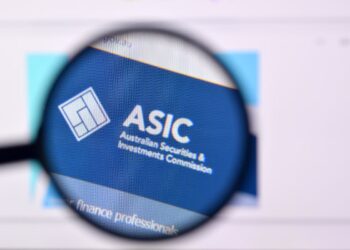The Australian industrial and logistics markers will continue to see strong demand as more capital is expected to flow in the coming years.
According to MIRA Real estate head of strategy, Rod Cornish, Australian real estate market will see more capital flowing but the pricing would remain tight.
“There will be still a strong demand for industrial and logistics as there is an under allocation by a number of investors who when are thinking about [investments in] Asia. Australia is often the first port of call for them. I think there will be a lot more capital flowing into Australia,” Cornish said during Frontier’s annual conference.
However, Cornish stressed, that office sector was often one of the first sectors in Australia that cross border investors entered typically as this was of one of the sectors they understood in their own environment.
He said investors should be able to look through the cycle and always focus on what would be the next strongest cycle and in the current environment COVID-19 had only accelerated some of the pre-existing trends across the real estate.
In the US, for example, Cornish said real estate investments trusts (REITs) presented a very diversified picture, with some industrial specialised REITs getting a clear tailwind from COVID-19.
“Transaction volumes have lifted a bit but they are still modest compared to what they were pre-covid and there are a lot of trends looking at the listed sectors, and those trends tend to go also to unlisted sectors,” Cornish said.
“You can see industrial specialised which include things like data centres, self-storage, manufactured homes, and residential REITs (multifamily or built-to-rent) are clearly well above when they were pre-covid, but retail, hotel resorts and office are still in the recovery phase.”
What that means for Australia
Cornish said there would be more capital flowing into the build-to-rent (BTR) sector over the next decade, even though it was still a decade behind the UK.
“Central banks will be raising the rates but I think this is a bit down the track and I think that they will be careful,” Cornish said.
“Retail has fallen significantly overseas but we’ve been sort of late in that cycle, so I think initially global investors will focus on the US, UK, China and continental Europe, which is seeing a little bit of repurposing.
“I think sustainability will be really gathering steam. With plenty of liquidity, tight pricing, excess savings from households, a lack of pricing distress, and central banks careful really needing to focus on the big picture drivers which will be technology, demographics and sustainability.”





